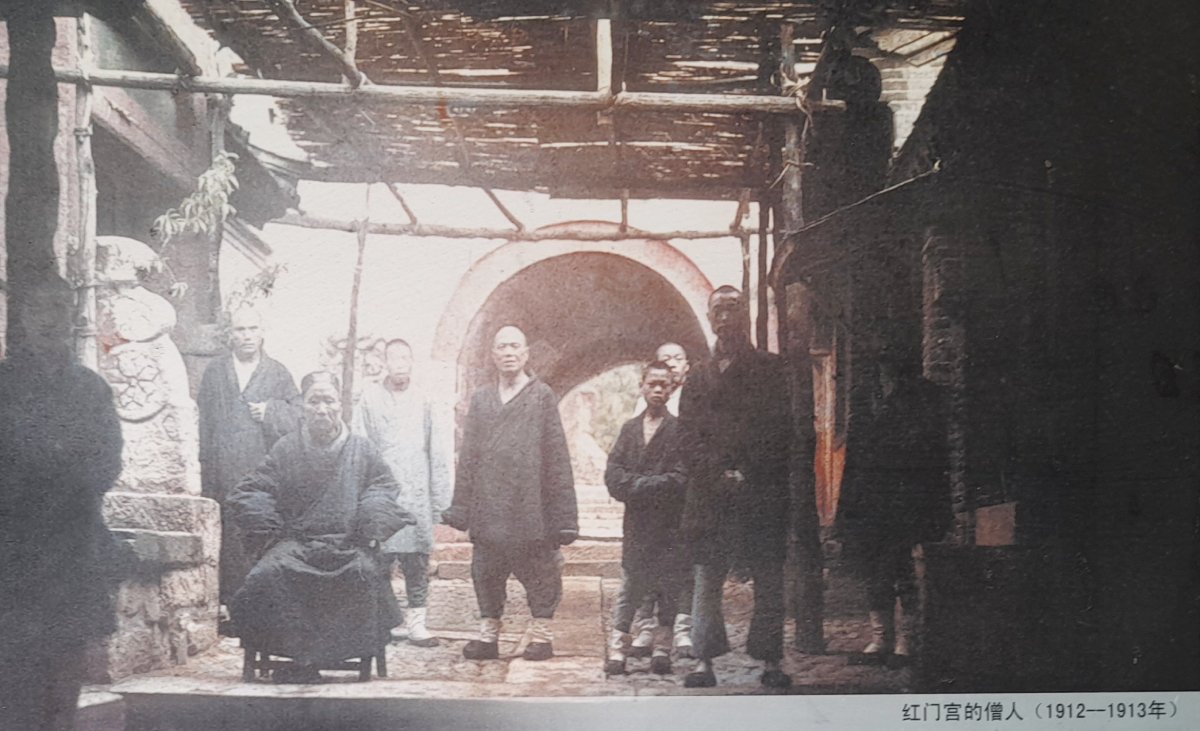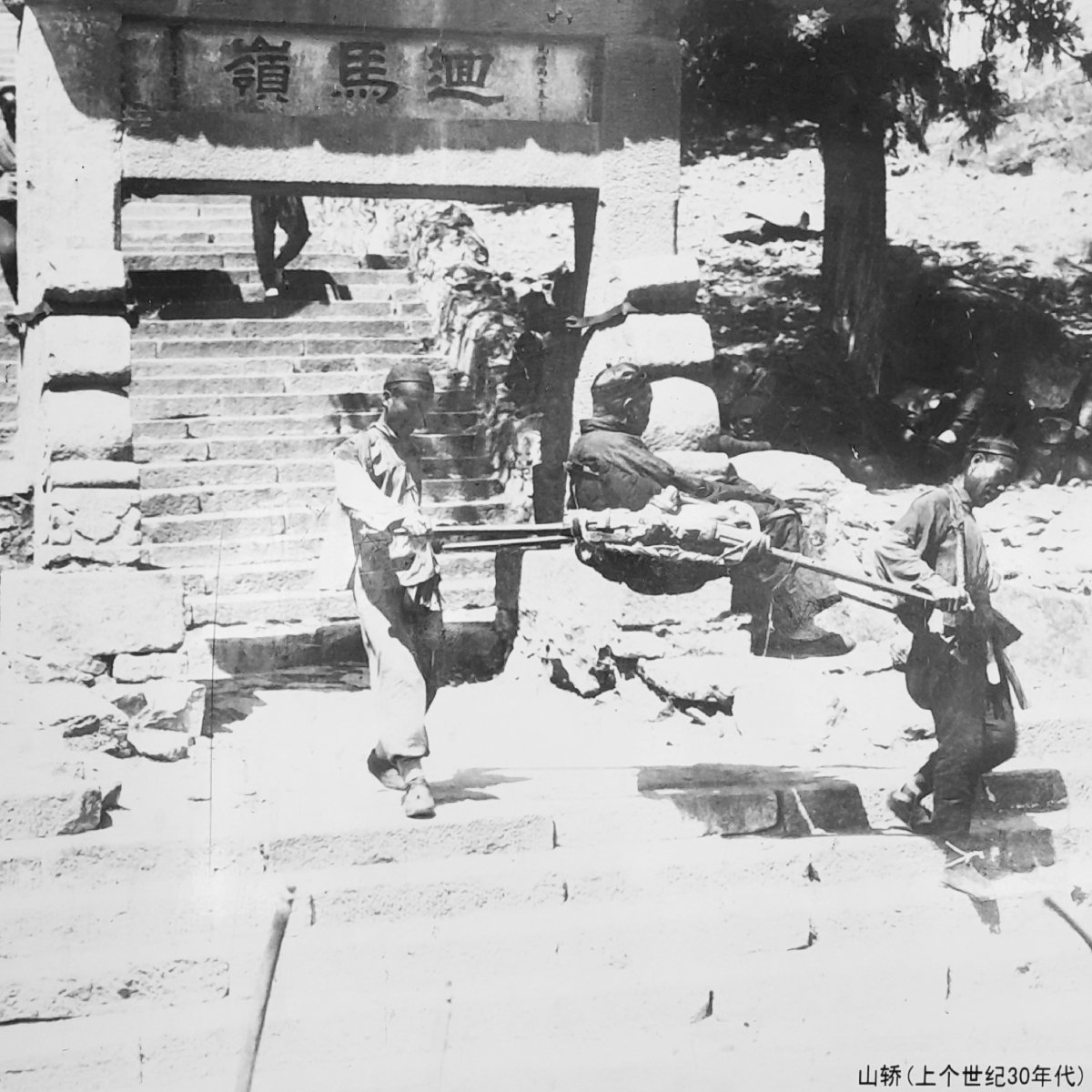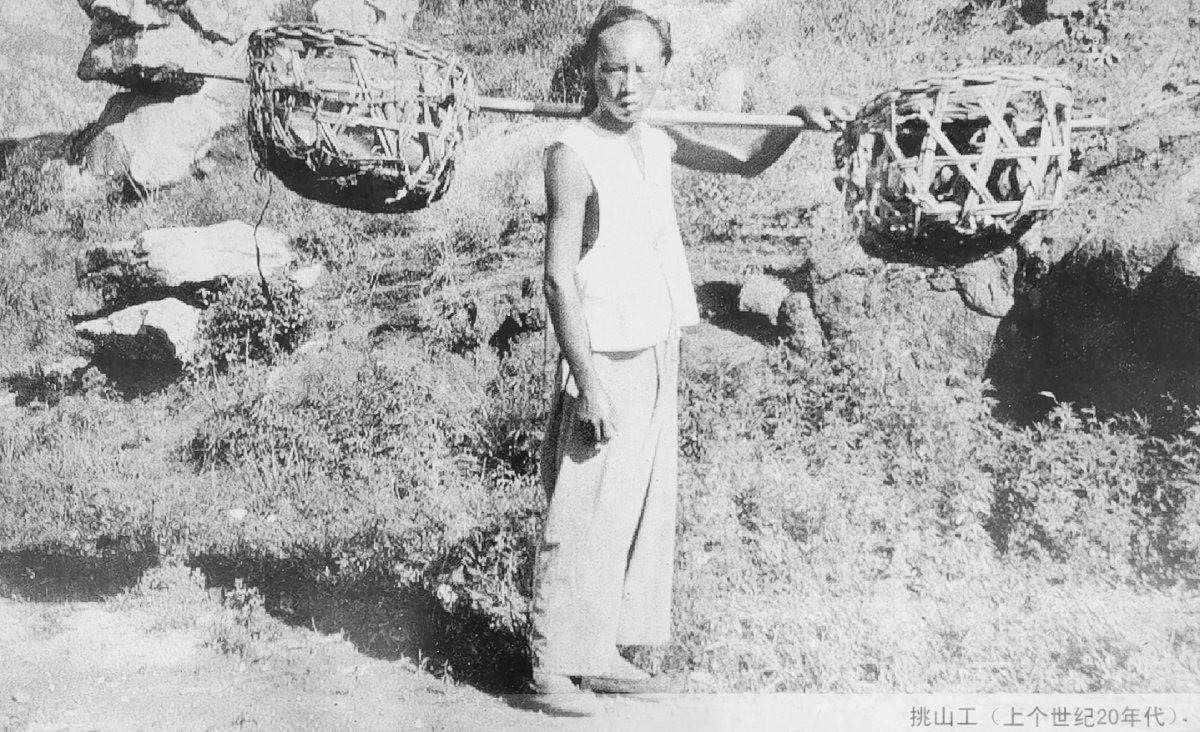travel
China Elevator Stories
Taishan Mountain in Shandong Province—Historical Views
Taishan Mountain is a famous Chinese mountain that has been popular for centuries.
26/04/2025

Ruth Silbermayr
Author

I recently moved to Tai’an in Shandong Province, China. While Tai’an may not ring a bell even for readers who are somewhat familiar with China, the word Taishan (Mount Taishan or Mount Tai) usually does. Tai’an is the city that is located right at the foot of Mount Tai, one of China’s Five Great Mountains. It is famous for its Taoist temples and buildings that are located on the hill, and has made its way onto the Chinese 5 yuan bill (the mountain on the purple bill is Mount Tai).

It is not a high mountain to climb and can be climbed either by foot, partly by foot, or accessed via a bus that goes to the middle of the mountain, and then a cable car that goes to the top.

One of Tai’an’s districts is called Taishan District. This is the district located at the foot of Mount Tai and is where you can access Mount Tai and where the climb begins. Mount Tai is an always-popular tourist destination, with local and other tourists alike, both national as well as international ones. Staying the night on the mountain is a popular activity, as many people stay there to enjoy the sunrise on the mountain the next day. The mountain also looks beautiful in winter and is open to visitors all year round.

It is a revered mountain that is located in the province that gave birth to Confucius. The visit to Mount Tai can be combined with a visit to Confucius’ hometown Qufu, which is also located in Shandong, or to the Dai Temple in Tai’an (which takes about half a day to explore) and is located in the same district as the entrance to Mount Tai.
Historically, people have climbed the mountain for many centuries. Photos from 1908 and the 1930s show that the mountain was a popular travel destination many decades ago. Stairs reach from the bottom of the mountain to the top, and it should take you about 6 hours if you climb at a normal speed from the very bottom, and much less if you start your climb from the middle after taking the bus.
The photos below show Mount Tai’s architecture, its slopes (stairs that can be walked up and down the mountain), and how people climbed the mountain or stayed and lived there many decades ago.
Explanations:

This photo shows various people, including a man and a woman who look like mother and son at the beginning of the last century, walking by a temple offerings shop at Hongmen Gate (also called Red Gate in English and 红门 in Chinese, which forms one of the 4 entrances to Taishan Mountain). 香火店 (as it is called in the picture) is the word used for a shop selling incense, candles, paper money, or similar ritual items used at Chinese temples. The man is wearing a Manchurian queue (explained below).

This picture was taken in 1908 and shows two men, one with a Manchurian queue. The whole male population of China was ordered to wear a Manchurian queue, starting from 1645 during the reign of the Qing, Manchus originally from Northeast China. As can be seen in this photo, the hairstyle was still in use when the Qing dynasty was in decline at the beginning of the 20th century. 1908 was only 3 to 4 years before the end of the Qing dynasty, a dynasty that had ruled China since 1644. The Qing dynasty was the last dynasty that ruled China before China turned into a nation-state and was ruled by the Kuomintang, and later the Chinese Communist Party.
The Manchurian queue worked in the following way: The male local population was requested by the Manchu ruler at the time to shave half of their foreheads and to grow the hair at the back of their heads long so they could then turn it into a braid, as a sign of obedience to the Manchu regime (the Qing dynasty was ruled by the Manchu, a people originally from Northeast China, who are different from the Han). Men who didn’t adhere to the order were persecuted and killed.

This picture shows South Heaven Gate (南天门) in 1929, which can still be visited today.

The picture above, taken in the 1930s, shows that people could hire two coolies who would carry them up or down the mountain. Coolies used to be a popular sight on Chinese mountains, as many noblemen (or noblewomen) chose to be carried rather than climb the mountains themselves. The normal population was usually too poor and couldn’t afford such conveniences, but noblemen and noblewomen used to choose such an option, usually not because they couldn’t climb the mountain from a physical perspective, but rather because of their high status that came with certain privileges and not doing hard work, including not climbing a mountain themselves but being carried up the mountain to the top.

This picture, also taken in the 1930s, shows Puzhao Temple, one of the temples on Taishan Mountain.

The Chinese caption refers to the people in this picture as “mountain dwellers.“ The house in the background is made with stones, with hay or straw covering the roof. The three people are wearing what looks like padded jackets, which is still common in certain parts of China, with the padding being added for an additional layer of warmth.

This photo shows a mountain worker who is carrying goods from one part of the mountain to another. The description only reads “mountain worker” and doesn’t refer to what he’s carrying or where he is carrying the goods. Two baskets brought up on a (bamboo) stick on both sides, with the stick being carried on one shoulder, were a common tool for carrying things from one point to another in China in the past. The picture was taken in the 1920s.

Taishan Mountain is not only famous for its beauty; it also carries an important meaning in Taoism. Many Taoist deities are said to live on the mountain, with one of them (the Goddess of Mount Tai) being said to protect Tai’an, the city located at the foot of Taishan Mountain.
Have you ever visited Taishan Mountain?